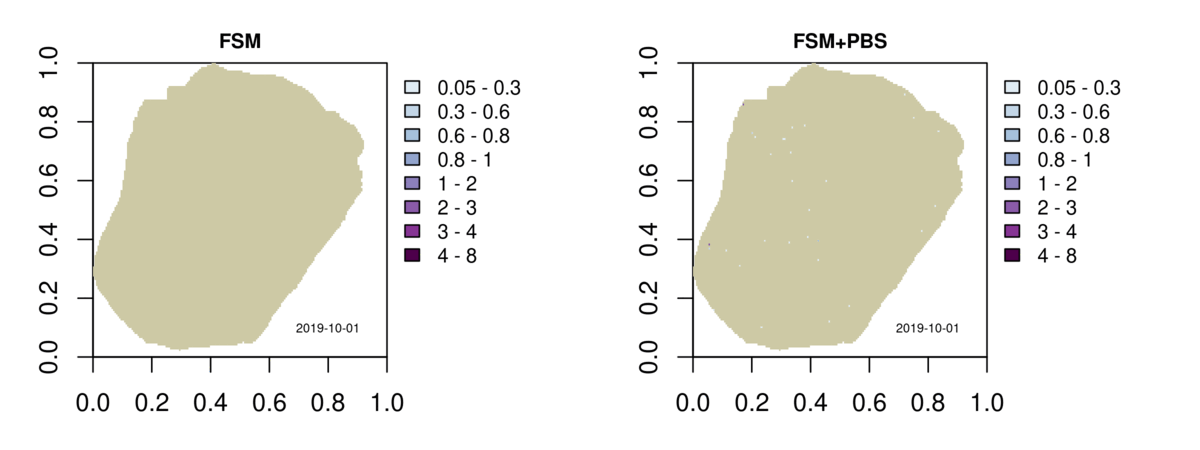We continue our seminars with Esteban Alonso-González (Postdoc, CESBIO) and Kristoffer Aalstad (Researcher, UiO). Esteban is currently on a research visit at GEO hosted by Kristoffer. They will share their research on snow data assimilation with the LATICE community on the 29th of September 2022 at 14:00.
The title of this joint seminar is : "Advances in snow data assimilation from theory to applications". A short description about their presentation :
Accurately estimating the dynamics of snow water equivalent is the holy grail of snow science and hydrology in cold regions. Our current inability to solve this grand challenge propagates uncertainty into the atmosphere aloft and the ground below as well as to downstream communities and ecosystems. Snow data assimilation, the blending of snow models and observations, has rapidly become one of the most promising tools in the endeavor of solving this long-standing problem.
In this seminar we will briefly outline the theory of data assimilation and applications in snow science. This is in large part based on our recent development of the Multiscale Snow Data Assimilation System (MuSA), a user-friendly and scalable framework written in Python that encapsulates the Flexible Snow Model (FSM2). As the first of its kind in snow science, this system supports several different ensemble-based data assimilation schemes and it is able to jointly assimilate multiple snow variables. Example applications include the assimilation of: snow depth retrieved from drones, fractional snow-covered area and snow surface temperature data retrieved from satellites, and observations from automatic weather stations. We will also present ongoing work on assimilating eddy covariance flux data and the development of global (i.e. non-local) snow data assimilation that is able to efficiently propagate information in space to unobserved locations.

